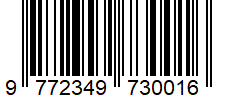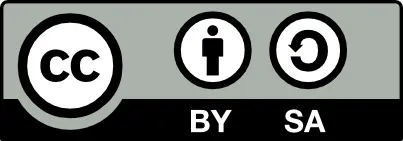Properties of Carbon/Epoxy and Glass/Epoxy Composite Produced From Prepreg as a Structure for Battery Pack in Electric Vehicle Applications
Authors: Mohd Fadzlee bin Zainal Abidin, Azrulnizam bin Mat, Elmi bin Abu Bakar
DOI: https://doi.org/10.37082/IJIRMPS.v12.i4.230801
Short DOI: https://doi.org/gt48px
Country: Malaysia
Full-text Research PDF File:
View |
Download
Abstract: A carbon/epoxy and glass/epoxy prepreg were utilized to manufacture composites sample by utilizing vacuum bagging and oven curing techniques. Composites offers lightweight, provides improved mechanical properties, and improves energy efficiency, making it ideal for the development of a backup structure for a battery pack. To prepare composite samples from carbon/epoxy and glass/epoxy prepreg, five various bagging techniques were employed. The experiment showed that bagging technique affected interlaminar shear strength (ILSS) and tensile strength. A5 exhibited the highest tensile and ILSS strength among samples with the least void content which is from carbon/epoxy composite. This was identified as a suitable candidate for battery pack backup structure. Initially, the samples quality was tested non-destructively using an ultrasonic C-scan, which revealed wrinkles, dry spots, and porosity on the surfaces. Physical inspection and NDT aren’t consistent with the results based on the quality of the fabricated samples. Due to the substantial differences between samples in void content, higher void content leads to lower mechanical properties. The quality of carbon/epoxy composites as a candidate material in the battery pack structure development greatly depends on sample preparation or fabrication technique in order to produce better mechanical strength with low percentage of defects. Apart from having high strength and less defects, manufacturing and material costs as well as its thermal conductivity property also need to be considered. Glass/epoxy composite offers a more effective material cost when compared to carbon/epoxy composite.
Keywords: Vacuum bagging, ILSS, Mechanical properties, Ultrasonic C-Scan
Paper Id: 230801
Published On: 2024-07-22
Published In: Volume 12, Issue 4, July-August 2024





 All research papers published in this journal/on this website are openly accessible and licensed under
All research papers published in this journal/on this website are openly accessible and licensed under 